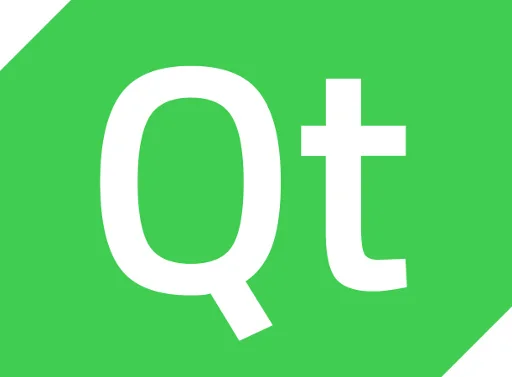Qt 5.9 Feature Freeze Soon, Adds Experimental Qt Quick OpenVG Backend

The feature freeze for Qt 5.9 development is 2 February, but beginning tomorrow will already be the soft-branching from the "dev" to "5.9" branches. Release manager Jani Heikkinen put out the reminder this morning about feature development drawing to a close.
Among the documented features so far for Qt 5.9 include an OpenVG back-end for Qt Quick, Qt Quick now caches QtGui / Qt Quick OpenGL shader program binaries on-disk to improve application start-up times, the QPainter OpenGL engine is now functional with OpenGL core profile contexts, window-screen associations can now be created via QML for multi-screen aware applications, Qt WebEngine is updated, and various other changes. The feature list though isn't comprehensive yet with the documentation still in need of many updates. We'll cover more on Qt 5.9 toolkit features in the weeks ahead.
The OpenVG back-end for Qt Quick is interesting as this 2D vector graphics API from Khronos hasn't been updated in several years and no developments past the v1.1 specification are currently expected. There still are some mobile hardware drivers providing OpenVG implementations but the Gallium3D state tracker for it was removed quite a while ago when it comes to Mesa GPU drivers. Qt 5.8 had brought an experimental Direct3D 12 back-end but there isn't yet a mainline Vulkan back-end.
If the branching happens as planned at the start of February, Qt developers hope to release 5.9 Alpha on 1 March, the Qt 5.9 beta on 5 April, and the official release at the end of May. But that's assuming no delays as is rather common these days for Qt5 tool-kit updates.
9 Comments

